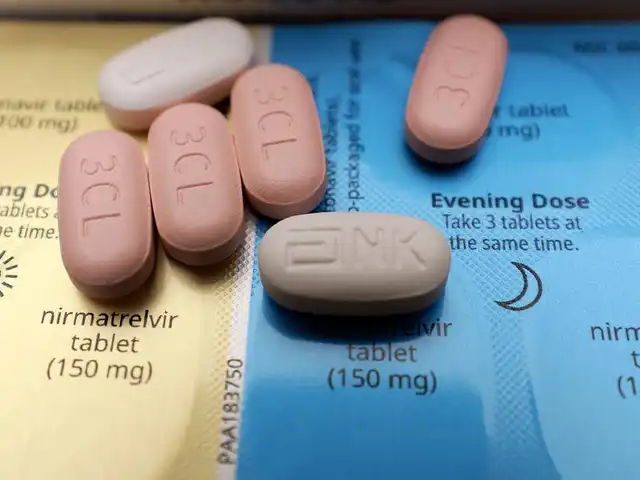Glucose Variability Explained: Simple Answers for Everyday Life
If you’ve ever seen your blood‑sugar numbers jump up and down, you’ve felt glucose variability. It’s the term doctors use for how much your glucose levels swing over hours, days, or weeks. Those swings matter because they can push you toward fatigue, mood changes, or long‑term complications, even if your average reading looks fine.
Why Steady Sugar Is More Than a Number
Imagine riding a bike on a bumpy road versus a smooth pavement. The bumps – the high peaks and low troughs – make the ride harder. In the body, each bump can stress blood vessels, stress hormones, and the heart. Research shows that people with high glucose variability have a higher risk of heart disease and kidney problems, even when their A1C looks good.
So, it’s not just about keeping the average low; it’s about smoothing out the ride. That’s why many clinics now look at “time‑in‑range” (how long your sugar stays between 70‑180 mg/dL) instead of just the A1C number.
How to Spot and Cut Down the Swings
First, get a clear picture. Continuous glucose monitors (CGMs) are the best tools because they record your sugar every few minutes. If a CGM isn’t an option, try checking before meals, two hours after meals, and before bed for a week. Write down what you ate, how you felt, and any meds you took – patterns will pop out.
Next, look at the obvious culprits:
- High‑glycemic carbs. White bread, sugary drinks, and potatoes can cause rapid spikes. Swap them for whole grains, beans, or low‑glycemic fruits.
- Skipping meals. Going too long without food can trigger a low, followed by a big rebound when you finally eat.
- Stress and sleep. Both raise cortisol, which pushes sugar up. Simple habits like a short walk, deep breathing, or a consistent bedtime reduce those spikes.
- Medications. Some insulin types or sulfonylureas can overshoot. Talk to your doctor about adjusting doses or timing.
Even small changes can shrink variability. For example, adding a handful of nuts to a carb meal slows absorption, flattening the rise. Eating protein with each snack keeps blood sugar from crashing.
If you’re on insulin, try “basal‑bolus” strategies: a steady low dose for background needs and a measured dose for meals. Many find setting the bolus to 10‑15 minutes before eating helps avoid the peak.
Physical activity is a natural stabilizer. A brisk 20‑minute walk after meals uses the sugar for energy and lowers the post‑meal spike. Consistency matters – aim for at least three sessions a week.
Finally, keep an eye on alcohol. It can cause a delayed drop several hours after you finish drinking, especially on an empty stomach.
Putting these steps together creates a smoother glucose curve, which feels better day‑to‑day and protects you in the long run.
Bottom line: glucose variability isn’t a mysterious, unchangeable thing. With a CGM or regular checks, mindful food choices, stress control, and smart medication tweaks, you can tame the swings and enjoy steadier energy, clearer thinking, and better health.

Escitalopram and Blood Sugar: Unraveling the Link with Sugar Cravings
- By : Archer Hamilton
- Date : May 21 2025
Does escitalopram (Lexapro) mess with your blood sugar and spark cravings for sweets and carbs? This article dives into the latest small studies and reviews, exploring how SSRIs might nudge your glucose levels and influence what you reach for in the fridge. Expect real data, clear tips, and some surprise links between your mood meds and what’s on your plate.





